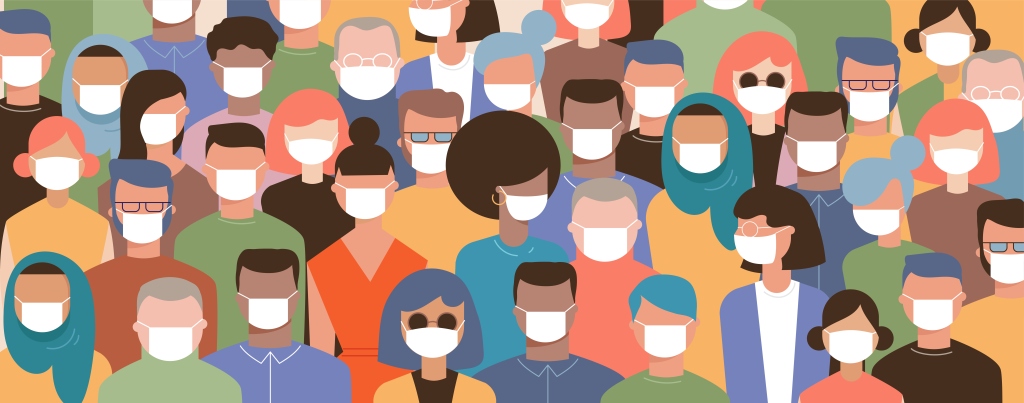Hennepin Healthcare takes a pulse of the pandemic

COVID-19’s rapid arrival in Minnesota in March 2020 created myriad changes across the community – and a snapshot of that impact is now available in a report from Hennepin Healthcare.
A collaboration for quality improvement between Hennepin Healthcare and Hennepin Healthcare Research Institute (HHRI) emerged to design and collect a phone-based survey between May 11 and June 12, 2020.
“This survey, in the midst of a novel pandemic, offers us a unique, real-time view of what our community was experiencing,” explains Kate Diaz Vickery, MD, MSc, Co-Director of the Health, Homelessness and Criminal Justice Lab at HHRI. “Our goal was to assess the needs of our primary care patients – especially those at highest risk of poor outcomes – and generate discussion about addressing concerns.”
“We believe that this report shares the ‘pulse’ of the community during a time of uncertainty that will lead to positive work at both ends: the care for COVID and Basic Needs at the same time, as this is, in reality, a syndemic: two pandemics at one: the viral and the health inequities,” said Maria Veronica Svetaz, MD, MPH, Medical Director of Aqui Para Ti/Here For You, an Eliminating Health Disparities Initiative/MDH Grantee, who was also on the project’s committee.
Nearly 400 adult primary care patients reflected on their experiences with the arrival of COVID-19 and its resulting social and economic impacts.
Key findings include:
- 35% of respondents worried about affording food. Spanish speaking (58%) and Black patients (42%) were disproportionately food insecure.
- 14% reported being homeless at the time of the survey and 32% were worried about being able to pay their rent/mortgage or other housing costs. Non-English speakers were the most likely to report worry about paying housing costs, with 53% of Spanish speakers and 62% of Somali speakers reporting concerns.
- The majority of respondents reported access to internet-connected smartphones (89%) and email (81%). Patients varied in their access to an internet-connected computer (57%), and 1 in 4 expressed challenges paying their phone bill (26%).
- Respondents were generally willing to use video visits (72%). Qualitative feedback from patients indicated that many would need support to learn how to use necessary technologies.
The entire report is available at www.hennepinhealthcare.org/basicneedssurvey.

